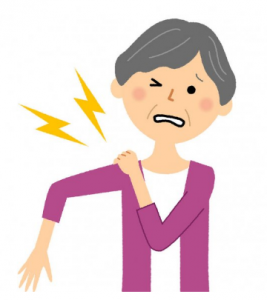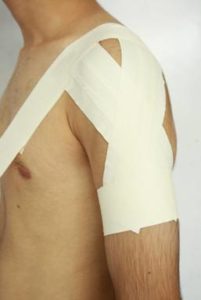Almost everyone in their lifetime will have or know someone who has developed shoulder pain – seemingly out of nowhere, often starting with mild pain and progressing to long term aggravating pain. In fact, 70% of people will experience some type of shoulder pain in their lifetime.
nowhere, often starting with mild pain and progressing to long term aggravating pain. In fact, 70% of people will experience some type of shoulder pain in their lifetime.
There are several causes of shoulder pain, but the most common is related to the rotator cuff.
- By the time you reach 80 years old, there is an 80% chance you have developed degeneration or a partial rotator cuff tear, even if you have never had shoulder pain.
What is the rotator cuff?
The rotator cuff is a collection of 4 muscles that attach from the shoulder blade into the upper arm bone (humerus) and work in synergy to provide stability and movement to the shoulder joint.
The individual muscles are called: Supraspinatus, Infraspinatus, Subscapularis and Teres Minor.
You can injure the rotator cuff after acute trauma- such as reaching to catch a falling object, or falling onto outstretched hands when falling over.
However, when pain seems to appear without an acute trauma, this relates more to degeneration.
The area where these muscles attach onto the humerus is an area susceptible to compression, especially with repetitive movements forwards or overhead. This leads to degeneration over time, and the incidence of this degeneration increases with age.
We can help!
What physios can do to help reduce pain and get you back to the activities you love:
- Assess the shoulder to work out the exact cause of pain
- Eliminate other sources of pain
- Soft tissue release for pain relief
- Joint mobilisations to increase range of movement and decrease stiffness
- Shoulder strapping if required for extra stability or pain relief
- Home strengthening, mobilising and stretching plan
- Provide postural correction and exercises
Shoulder pain can come on without notice, and hang around for a long time, but it doesn’t have to! Come and see us to start your shoulder rehabilitation journey.

